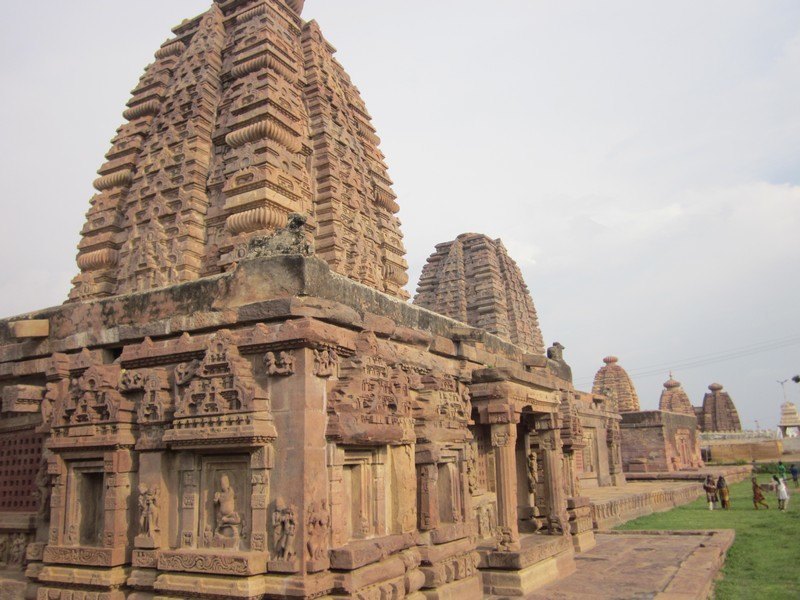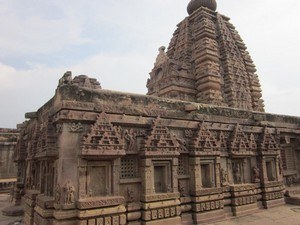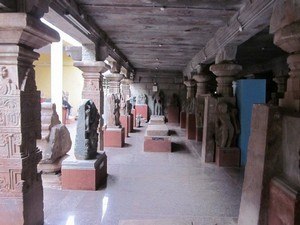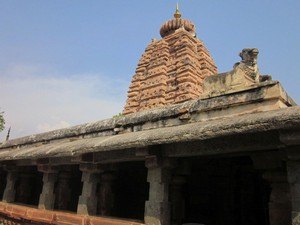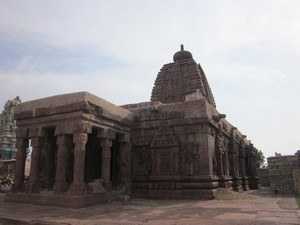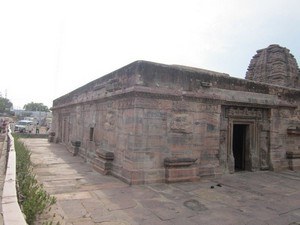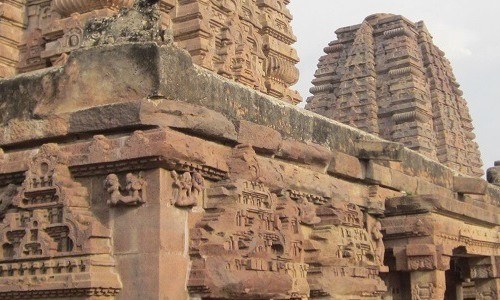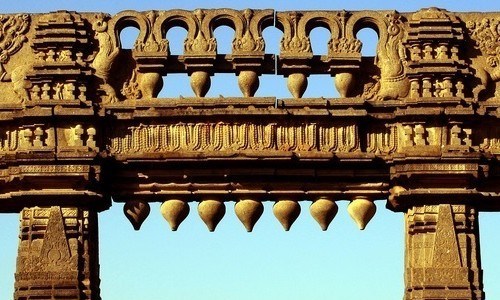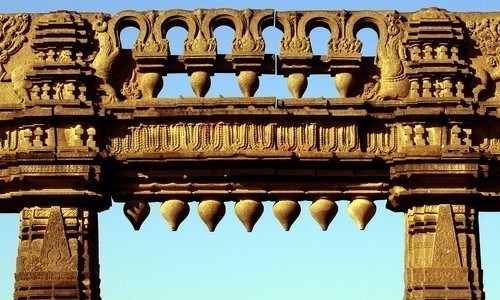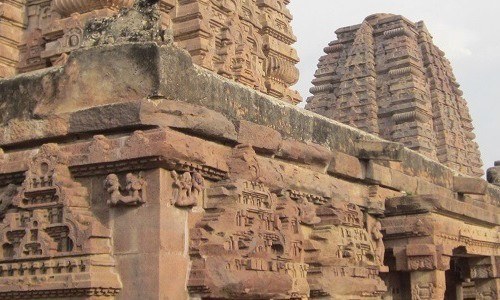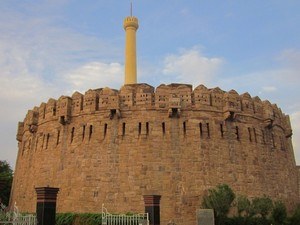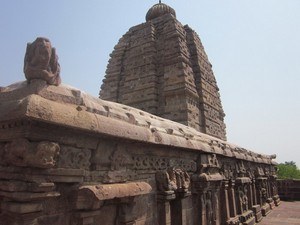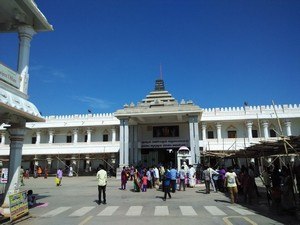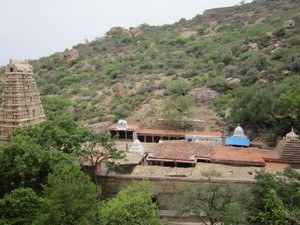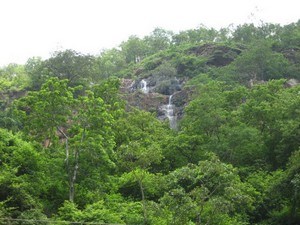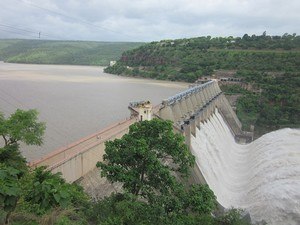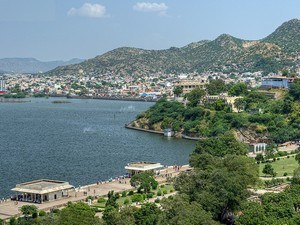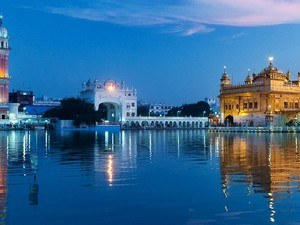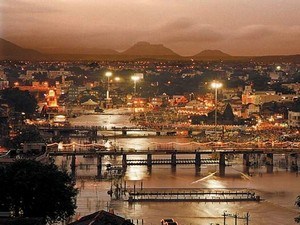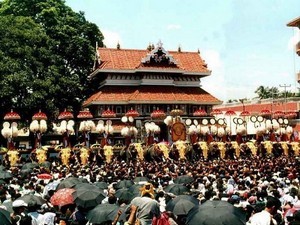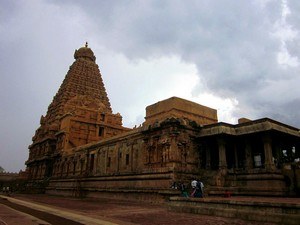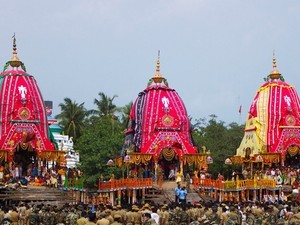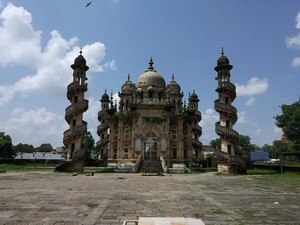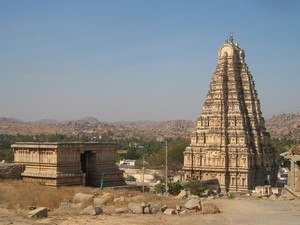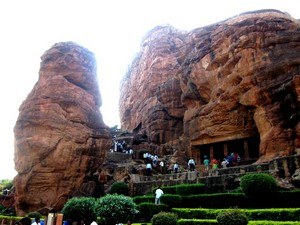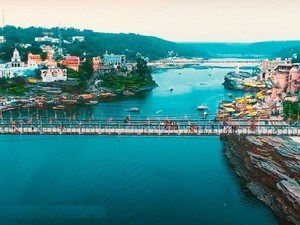ALAMPUR | JOGULAMBA TEMPLE | TOURIST PLACES TO VISIT & TRAVEL GUIDE TO ALAMPUR
![]() Heritage |
Heritage | ![]() Pilgrimage
Pilgrimage
About Alampur
 #9 of 17 Places to visit in Telangana
#9 of 17 Places to visit in Telangana
 Ideal Trip Duration: 4 Hours/Half Day
Ideal Trip Duration: 4 Hours/Half Day
 Nearest City to Alampur: Kurnool (22 Kms), Hyderabad (218 Kms)
Nearest City to Alampur: Kurnool (22 Kms), Hyderabad (218 Kms)
 Best Time to Visit Alampur: September to March
Best Time to Visit Alampur: September to March
 Peak Season: September to October & January to February
Peak Season: September to October & January to February
At a distance of 218 kms from Hyderabad, 22 Kms from Kurnool, 126 Kms from Mahbubnagar & 200 kms from Srisailam, Alampur is a historical place located in Mahbubnagar district of Telangana. Alampur is famous for Jogulamba Temple (a Shakti Peetha), Navabrahma temples and Sangameswara Temple built in 7th century. Alampur is considered as the western gateway to the famous pilgrimage town Srisailam. The temple consists of several inscriptions dated between 7th and 16th centuries. Alampur is one of the famous places to visit near Hyderabad.
Situated on the banks of River Tungabhadra close to the place where the mighty rivers of Krishna and Tungabhadra merge, Alampur has rich historical and pilgrimage importance. Several dynasties ruled this place including Satavahanas, Chalukyas, Kakatiyas, Bahamani sultans, Vijayanagara kings and finally falling under Hyderabad. Alampur is one of the top attractions you must include in Hyderabad tour packages.
As per history of this place, Lord Brahma, after losing his powers due to a curse of a saint, performed penance for Lord Shiva. It is believed that Lord Shiva appeared in nine different forms, thus nine different temples to celebrate each form. The shivalinga in the main temple of Bala Brahma temple is seen in the form of footprint of a bull.
Jogulamba Temple is very ancient and one of 18 Maha Shakti Peethas of Goddess Shakti. This temple is 5th Shakti Peetha representing Upper teeth part of Goddess Shakti. The current temple of Jogulamba was built in 2005 as the original temple was destroyed. The idols of Goddess were places in Bala Brahmeswara temple for 6 centuries.
Chalukyas, who ruled this area from Badami for over two centuries, constructed nine magnificent temples called Navabrahma temples along with Sangameswara Temple between 640 AD and 753 AD. The temple construction was initiated by Chalukya King Pulakesi II during his visit to Alampur while returning to Badami after his victory over Pallavas of Kanchi. Later, the rulers of Rashtrakuta and Kalyani Chalukya Empires have contributed to the enhancement of these temples. The Navabrahma temples, named as Bala Brahma, Taraka Brahma, Swarga Brahma, Padma Brahma, Garuda Brahma, Kumara Brahma, Arka Brahma, Vira Brahma and the Vishwa Brahma are built in close proximity on the banks of River Tungabhadra. Among these, Bala Brahma temple is the biggest and only active temple. The Jogulamba Temple is also located near these temples and all the places can be visited together. Sangameswara Temple is about 2 Kms from Navabrahma temples site.
The original Jogulamba Temple and Taraka Brahma Temple were completely demolished by Bahamani Sultan army towards the end of 14th century. Vijayanaraga king Harihara Raya sent his army to stop the plunder of Bahamani Sultan's army and fortified the temple complex to stop further attacks on the temple.
The temples at Alampur could not be preserved pretty well, primarily due to the encroachments, lack of space and religious activity of Jogulamba and Balabrahma temples.
It takes about 3-4 hours to visit all the places in Alampur.
None

